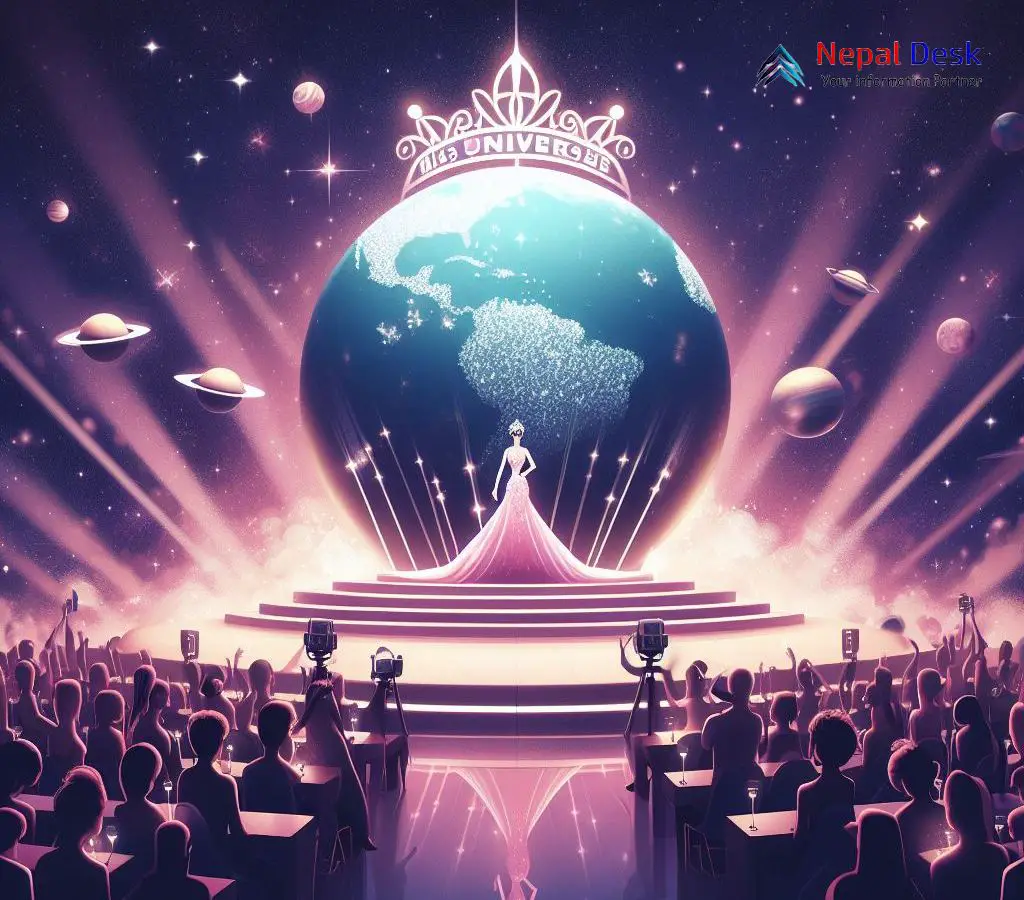Miss Universe 2023: Breaking Beauty Norms with Inclusivity
Published Date

Published Date
Miss Universe 2023 challenges beauty norms and embracing diversities. A historic shift towards inclusivity in the world of pageantry and women beauty.
⏱ 4 min read
Societally, an ultra-fit female figure with a tall and slim build has represented the standard of beauty for years. This archetype has permeated various facets of life, including media, employment, and other appearance-centered professions. However, the tide has turned in the year 2023, spearheaded by the Miss Universe 2023 pageant's drive towards greater inclusivity across backgrounds, gender identities, social strata, and body types.
Among the trailblazers is Miss Nepal 2023, Ms. Jane Dipika Garret, poised to be the first plus-size entrant in the pageant’s history. During the swimwear round, Ms. Garret captivated global audiences by wearing a metallic green ensemble with a plunging neckline, ruching at the waist, and halter straps; the look was accentuated with strappy heels and complementary coral-toned cosmetics alongside voluminous waves.
As indicated on her Instagram biography, Ms. Garret—the reigning Miss Nepal—is a nurse, entrepreneur, and campaigner for positive body image and mental health. Upon selection to the Miss Universe Top 20, she expressed heartfelt gratitude towards supporters, stating: “The very best to top 20 baby, I truly appreciate all my fans and the people on my side. I gave it all that I had, and that is all that matters! It is a privilege for me to be representing plus-size beauty worldwide and breaking the myths regarding beauty pageants.” Reflecting later, she proudly added, “I have the best moments in my life! What a great experience!”
By embracing all body types with equal grace, the 2023 Miss Universe Pageant has shattered traditional beauty ideology.
There was inclusivity still in 2012, but under some conditions. Openly transgender woman have been competing since 2012 provided that they won their national pageants. Six years after the implementation of these rulings, Angela Ponce of Spain became the first open transgender competitor in the 2018 edition. In 2019, Swe Zin Htet, an openly lesbian woman from Myanmar, was the first one to participate in the Miss Universe pageant. Currently, Spain’s Patricia Yurena Rodriguez is the highest-placed LGBT at Miss Universe, standing second to Venezuela’s Gabriela Isler in 2013, but did not come out till after the competition. In 2021, Beatrice Gomez of the Philippines became the first openly bisexual (and LGBT) entrant who made it to the semifinals and finished second among the finalists of the Top 5 of the Miss Universe that year. In 2023 Portugal’s Marina Machete became the first transgender contestant to enter the Miss Universe semifinals after being a semifinalist in the Top 20.
But there were many strings attached. rules and regulations were made clear that “pageant participants must never be married, their marriages annulled, and also have no children, whether biological or adopted”. In addition, the titleholders must keep themselves single all along their time in power. the Miss Universe organization stated in August 2022 that mothers, married ladies, or pregnant women can compete in the pageant.
With the 2023 event, the perception of women's beauty will definitely change to a new positive meaning. And for that, we can say that Jane, through her influence, has fostered a new era of inclusivity throughout each stage of the pageantry process.
History of Miss Universe Pageant
The title "Miss Universe" was first used by the International Pageant of Pulchritude in 1926. This contest was held annually until 1935 when the Great Depression and other events preceding World War II led to its demise.
Sometime before in 1921, the Miss America pageant was initiated by hotel magnate and local business promoter, Atlantic City's Businessmen's League, in an effort to extend the summer tourism season beyond Labor Day. The pageant was initially conceived as a strategy to attract tourists to Atlantic City, particularly to boost hotel reservations during the post-Labor Day period. The first Miss America pageant took place on September 8, 1921, as a two-day event. The event attracted a large number of tourists, which in turn helped the hotel business. The concept continued in the form of many such beauty pageants over the years.
The current Miss Universe pageant was founded in 1952 by Pacific Knitting Mills, a California-based clothing company and manufacturer of Catalina Swimwear, and has since been headquartered in the United States. The company was the sponsor of the Miss America pageant until 1951, when the winner, Yolande Betbeze, refused to pose for publicity pictures wearing one of their swimsuits. In 1952, Pacific Knitting Mills organized the Miss USA and Miss Universe pageants, co-sponsoring them for decades to follow. The objective of these contests was to draw attention to the company's products with the concept of showcasing women's beauty through beauty pageants.
